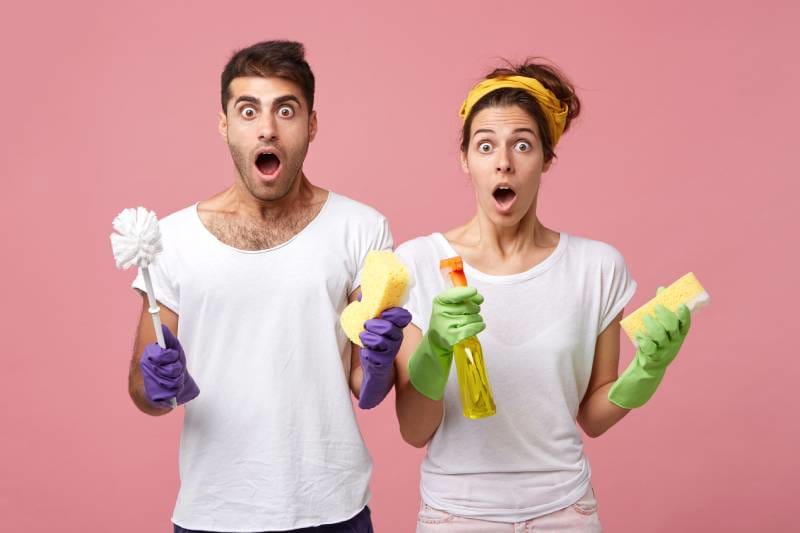
Why UV light is one of the most effective ways to disinfect the home
Hospitals have been using ultraviolet (UV) lights as a cleaning tool for years through large, industrial-grade machines to disinfect rooms. Now, smaller versions of UV sanitizing lights are available for consumers looking to clean just about anything, from phones to toilet seats.
Here's how these UV light sanitizers actually work.
UV light is very effective at killing germs.
The three main types of UV rays are UVA, UVB and UVC. Because UVC rays have the shortest wavelength and therefore the highest energy, they are capable of killing bacteria and viruses, also called pathogens. UVC light has a wavelength between 200 and 400 nanometers (nm). It is very effective in disinfection because it destroys the molecular bonds that hold the DNA of viruses and bacteria, including "superbugs" that have developed stronger resistance.
Powerful UV light is regularly used to disinfect surgical instruments and hospital rooms. A study involving 21,000 patients who stayed overnight in a room where someone had previously been treated found that disinfecting a hospital room with UV light in addition to traditional cleaning methods reduced the transmission of drug-resistant bacteria by 30%. This is partly because UV light can effectively disinfect hard-to-clean corners.
But this broad-spectrum light is also a health hazard - linked to diseases like skin cancer - people can't be in the room when it's in use. Recently, however, researchers have been working with narrow-spectrum (207-222 nm) UVC rays. This type of UVC light kills bacteria and viruses without penetrating the outermost cell layer of human skin.
A 2017 study showed that 222 nm UVC light kills methicillin-resistant Staphylococcus aureus (MRSA) bacteria just as effectively as 254 nm UVC light, which would be toxic to humans. This study was repeated in 2018 on the H1N1 virus and narrow spectrum UVC light was again found to be effective in eliminating the virus. This has particularly important implications for public health, as the possibility of non-toxic UV lighting in public spaces could dramatically reduce disease transmission.
Killing bacteria and viruses with ultraviolet light is particularly effective because it kills microbes regardless of drug resistance and without toxic chemicals. It is also effective against all microbes, even emerging strains of pathogens.
How to use UV light to kill germs at home
UVC lights available to consumers come in a variety of forms. Each has its own set of instructions on how to use the light to kill germs with details on how long it takes to disinfect and how close it should be to the object you are trying to disinfect. There are box-shaped UV lamps suitable for tablets, toys and baby bottles.
Disinfecting lamps allow you to spray UV light on anything you might want, including countertops, bedding, and ruffles. They can be used anywhere. They work in seconds and are often offered to travelers concerned about things like hotel room hygiene.
In addition to surfaces, UV light can also purify water - when used correctly. Companies that sell UV pen-like devices and UVC bottles claim to remove 99.99% of bacteria and viruses from water. Such products are usually valued by tourists and travelers to remote areas, and are more likely to encounter untreated water sources.
A 2015 study in Road Medicine and Infectious Diseases looked specifically at hand-held UVC light devices. The researchers concluded that the number of bacteria and the reduction of viruses depends on how the device is used. Although it performs well overall (killing between 94.98% and 99.99% of germs).
Regardless of the device, if you use it, check the instructions first.
For more interesting articles on topics related to smart devices and consumer electronics, you can subscribe to our newsletter. Find us on Facebook and Instagram .
